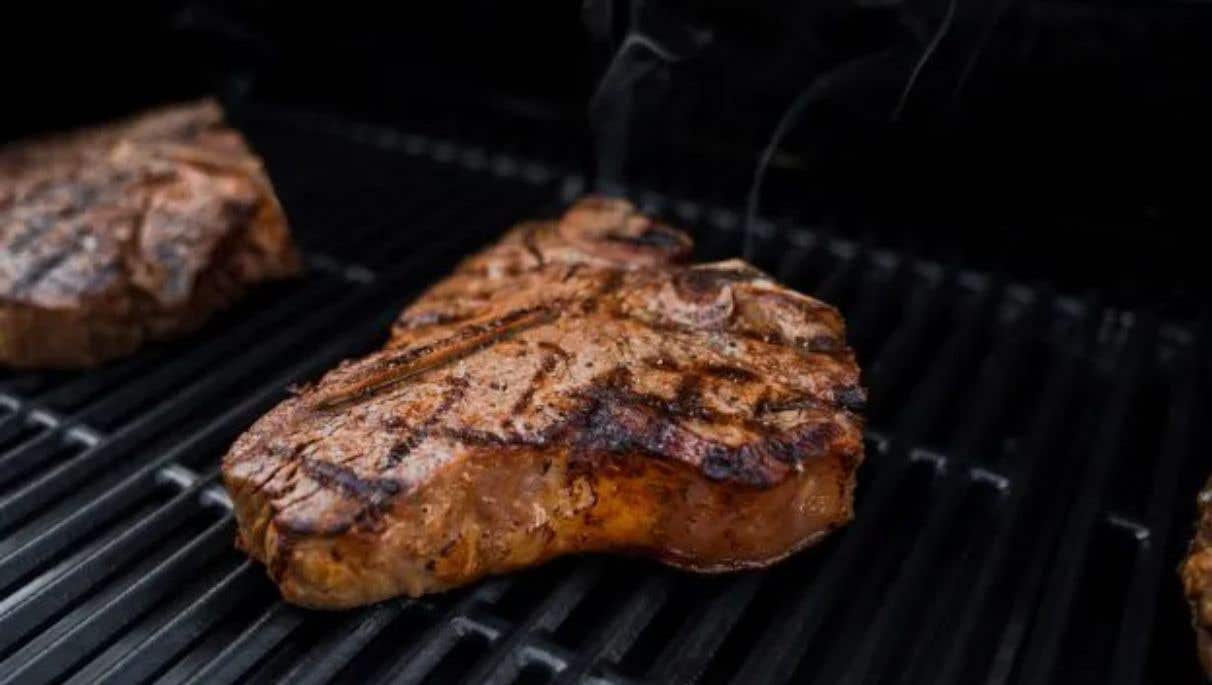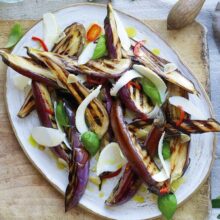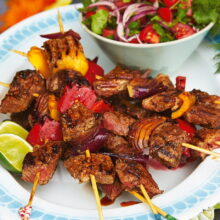Grilling Tips For Steak

Grilling steak is one of the most challenging cooking skills to master. If you want to make your next barbecue a success, you need to take some time and learn how to do it right!
Achieving a nice sear on a steak is largely about timing and geometry. Using two different temperatures on your grill can help you achieve that beautiful diamond-like pattern on your steaks.
1. Use a Thermometer
No matter the type, thickness, or size of steak you cook, the internal temperature of the meat is crucial to getting the perfect doneness. And a thermometer can be your best friend when it comes to getting steaks just right.
Thermometers can range from dial thermometers to digital ones, but both are good for measuring the temperature of the coolest gradient in steaks (the difference between hot and cold). Dial thermometers have mechanical springs that average temperatures across the entire probe area, whereas digital thermometers use smaller sensors and can be more precise.
To get an accurate reading, insert the tip of the thermometer into the center of the steak, avoiding any bone or fat. Push it past the thermal center until you see a change in the display, then take the steak off of the grill when the reading at the center reaches your target pull temperature, Hudson says.
Carryover heat is also important to consider when cooking steaks. It occurs when the exterior of the meat cooks before the inside does, and it helps keep the juices from draining out of the meat during cooking.
2. Oil the Grates
One of the easiest ways to keep your food from sticking to the grill is by applying oil before placing it on the grates. Whether you’re cooking over a gas or charcoal grill, applying an oily coating of cooking oil to your grate can be a great way to reduce the risk of sticking and enhance the flavor of your steaks.
Moreover, oiling your grates protects them from rusting. Metal grate surfaces are particularly susceptible to rust because they contain iron, which is known to corrode at an alarming rate over time.
Using high-heat cooking oils like canola, peanut or coconut oil, coat the entire surface of your grilling grate. Wipe the excess oil off with a paper towel and then turn your grill on to high for 15-20 minutes, or until the oil begins to smoke or burn. Once your grate is a dark bronze color, it’s ready to use.
3. Season the Steak
A good cut of beef has plenty of flavor on its own, but it needs a little help to make it shine. Using herbs and spices to give your steak a boost doesn’t have to be difficult.
For a basic steak seasoning, try kosher salt and pepper. But add in some earthy flavors, such as cumin and oregano, or smoky ones, like smoked paprika.
Then, rub it into the meat so it sticks there and absorbs it. Then, put the seasoned steak on the grill.
This will result in a nice crust that is charred on the outside and tender inside. It also will leave you with a juicy, tasty piece of steak!
4. Don’t Overcook
One of the most common mistakes that people make when grilling steak is overcooking it. This is a big problem because it can ruin a nice piece of meat, which will then be dry and overcooked.
Instead, let the steak rest after it comes off of the grill and you’ll get a much better result. This is because the fibers of meat start to expand and reabsorb any juices they’ve absorbed during the cooking process.
If you’re not sure whether your steak is done, use a meat thermometer. It’s the best way to be sure that you’re not overcooking it.
Also, when you’re grilling a steak, avoid flipping it too many times. This is because it can prevent it from getting a good sear and will also result in unevenly cooked steaks.


